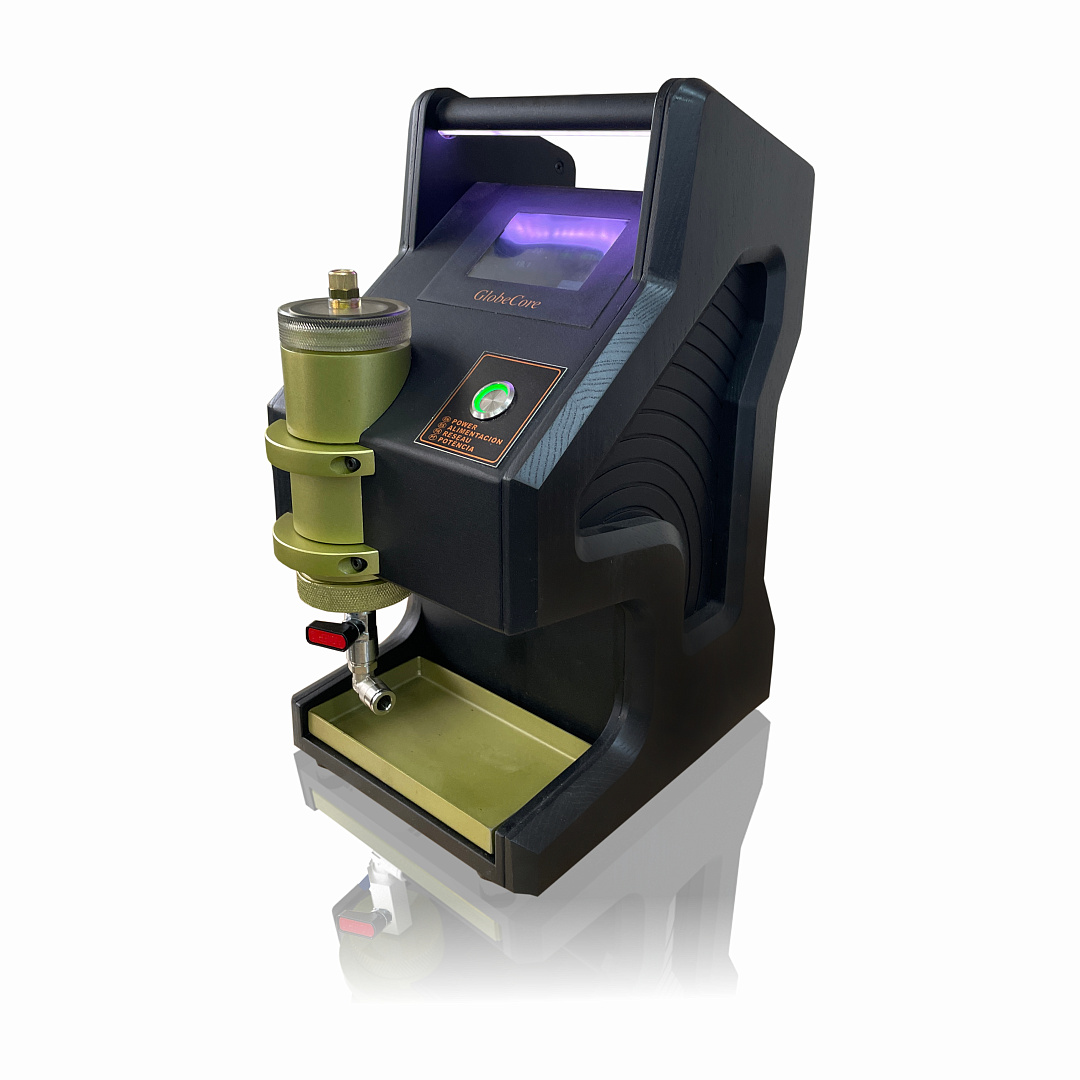What is the process of Diesel Desalting and its importance in fuel purification?
- This topic has 1 reply, 2 voices, and was last updated 1 year, 2 months ago by .
Answers
-
October 4, 2024 at 3:47 pm by Christopher Mcdaniel
Diesel Desalting is a critical process in fuel purification that removes dissolved salts and other inorganic contaminants from diesel fuel. The process typically involves mixing the diesel with a slurry of desalter clay or other desiccants, which absorb and trap the salts. The mixture is then passed through a centrifugal desalter unit, where high-speed rotation separates the clean diesel from the contaminated slurry based on density differences. This separation effectively removes salts, water, and other impurities that can cause corrosion, fuel injector clogging, and reduced engine performance. Diesel Desalting is essential for maintaining fuel quality, protecting engine components from damage, and ensuring efficient combustion. By eliminating harmful contaminants, desalting enhances the longevity of diesel engines, reduces maintenance costs, and ensures reliable performance, making it a vital step in the diesel fuel purification process.



